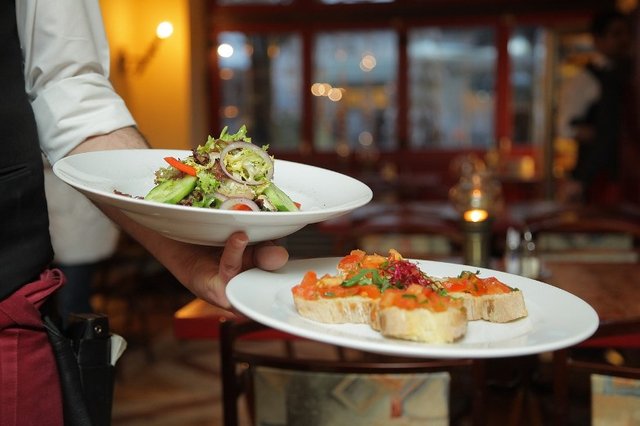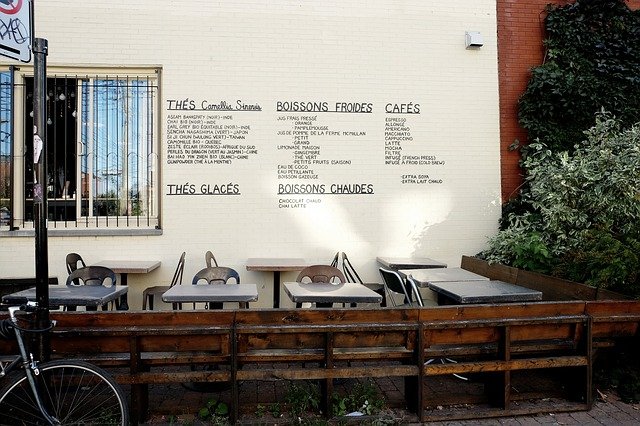The restaurant experience: the 10 key moments - Second part

We continue to talk about the customer experience in a restaurant, explaining the 5 additional key moments that determine it. For anyone who has lost the first part of the article can read it by clicking on the following link: hubicmarketing.it/experience-nel-restaurant-10 key moments.
Presentation of the offer and menu
In order to sell a service at its best, it is necessary to have adequate tools at your disposal. The menu is the main tool for a restaurant, through which you can tell and sell your cooking at its best. The customer's experience, in fact, also depends on the restaurant's ability to present, exhibit and tell the story of its menu. From this point of view, this instrument must be:
- Representing a business model: it must therefore represent a corporate identity, a format, a concept. It must be in line with the corporate image you want to convey.
- Presented, exhibited or told. It depends very much on the business model of the restaurant, however, in traditional restaurants the menu as well as displayed must be told to the customer (perhaps using warm words that evoke the right sensations) with the desire to enhance the composition of the dishes and dishes proposed.
- Exhaustive and easy to read for the customer: therefore also the graphic aspect is very important in the elaboration of a good menu.

During the order process, the room staff, through the story of the menu, can support the customer's choice and direct him to the best advantage. It is precisely in these, if properly trained, it will be possible to promote sales that best meets the needs of the customer with an approach that is necessarily consultative and attuned. So, as we have repeatedly told in previous articles, to make a difference the room staff must:
- Be prepared for the report, smile and show willingness.
- Know in detail the menu proposed.
- Be attentive to the type of customer.
- To be convinced of what is offered.
- Know how they are prepared to take them.
- Adopt a consultative approach and therefore not sell but advise the customer in the choice.
Use phase
Another decisive moment concerns the fruition phase of the service which, beyond the customer's appreciation of the choices made, requires the restaurant to be properly organized. The fruition phase can be summarized in the following steps:
- Aperitif
- Commander
- Bread
- Beverages (water and then wine)
- Carriages
- Table restoration (before dessert)
- Coffee and/or digestive proposal
Even in this phase, the work of the hall staff plays a central role. It is a good use to tell the stories when they appear at the table and to adopt a constant/active look at the table in order to check if the tables assigned have any needs or requests to make. Another important aspect that affects the customer's experience is the timing with which the tables and dishes are managed, everything should follow the right sequence, making sure that all guests are served at the same time (so it is important to activate a proper communication between room and kitchen in order to optimize the timing).
Account presentation
The stage of account presentation should not be underestimated. Let us remember that the customer assesses the restaurant at all times and therefore the evaluation of its experience passes through this moment. The presentation of the account involves 5 simple steps:
- Customer's account request
- Verification of satisfaction by the room staff
- Preparation of the account
- Account Delivery
- Recovery
Greeting and exiting services
The service provided by the restaurant does not end with the collection of the bill, but continues with the greetings and the exit of the customer. In practice:
- Possible help to the customer in the preparation phase (chairs and clothes)
- Possible opening of the exit door
- Friendly greeting
- Rite and farewell phrases
Obviously, the setting up of the greeting and exit also depends on the configuration of the restaurant, but the common denominator for all types of restaurant is the need to leave properly with the customer.
Judgment
The last phase of the customer's use of the service is that of the opinion expressed. Here
you can sum up all the customer's experience in a particular restaurant. Please note that most unhappy customers do not complain: they simply do not return a second time. It will therefore be the task of the restaurant:
- Check customer satisfaction.
- Manage the reviews (of all types) that are published in the various online portals.
Responding to reviews and managing objections are integral steps of a restaurant service, even at times when the web was not present.